[Home Theater Network HDAV.com.cn] AV amplifier, also known as home theater amplifier, is an important bridge between the signal source and the speaker system. On the one hand, it receives the video signal from the signal source and multi-channel audio signal and decodes it. Processing and transmission, on the other hand, transfer processed audio and video signals to home theater projectors and home theater speakers. Therefore, the AV amplifier is the backbone of the entire home theater system and plays an important role. AV amplifiers can be classified into pre-stage surround sound processors, post-stage power amplifiers, and combined amplifiers depending on the mode of operation. The pre-stage surround sound processor is mainly responsible for the decoding process and part of the amplification process of the audio and video signals. The latter stage power amplifier mainly realizes the signal amplification and the speaker drive, and the merged amplifier is the combination of the two, and has the decoding function. There is also the ability to amplify the drive. Under normal circumstances, ordinary users who do not have much requirements, the choice of combined AV amplifiers can meet most of the functional requirements, if the enthusiasts have higher requirements for sound and picture, then a pre-level The processor is paired with one or more mono, dual or multichannel post amplifiers.
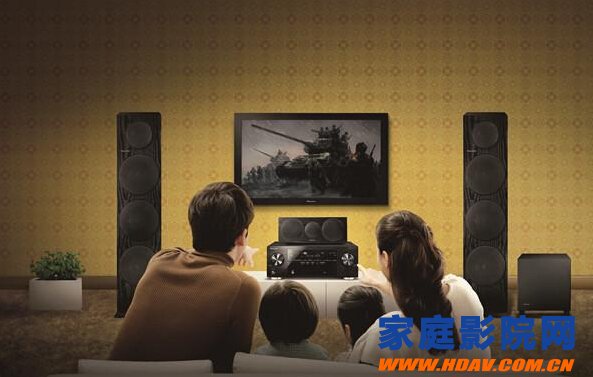
Features of the pre-stage surround sound processor and the preamplifier part of the combined amplifier
The pre-processing part is mainly divided into two parts: audio signal processing and video processing. The main working mode of the audio processing part is to receive the audio signal from the signal source, analyze the signal type, process and decode it, convert it into an analog audio signal, and then transfer it to the amplifying part for processing. Decoding is the core of audio processing. The main function is to decode various audio format signals, including HD audio such as Dolby TrueHD, DTS-HD Master Audio, LPCM, and now with the new Dolby Atmos panoramic sound. And Auro 3D 3D sound and audio. In addition, there are various DSP sound processing and room automatic sound field correction functions. There are two different implementations of DSP digital signal sound processing. One is that YAMAHA integrates it into home theater amplifiers by studying sound environments in different scenes around the world, such as concert halls, theaters, etc. At the time of use, the sound effects of concert halls and theaters are simulated according to different program source scenes. The other is real-time sound extension processing, such as Dolby Pro Logic IIz, Audyssey DSX and DTS Neo:X, which analyzes the structure of the audio signal in real time and expands the sound field through a precise algorithm.
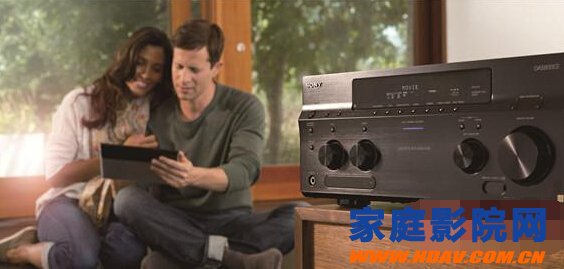
The room automatic sound field correction function is an important function to simplify the adjustment of the AV amplifier processing parameters. The setting of the AV amplifier is quite complicated, and it needs to be done with tools such as a sound pressure meter and a tape measure. It also needs to adjust the built-in equalizer in the AV amplifier. The automatic sound field correction function simply plugs in the microphone attached to the amplifier to automatically select the level of the sound, the distance between the speaker and the listening position, and the room EQ options, including Dirac Live, ARC, Audyssey MultEQ series functions. , Pioneer's MCACC and Yamaha's YPAO. This function has certain requirements on the size and shape of the room. In an ideal room, the correction of the automatic room acoustics is more accurate. Therefore, we should try to reduce the impact on the sound quality caused by the sound field defects in the room.
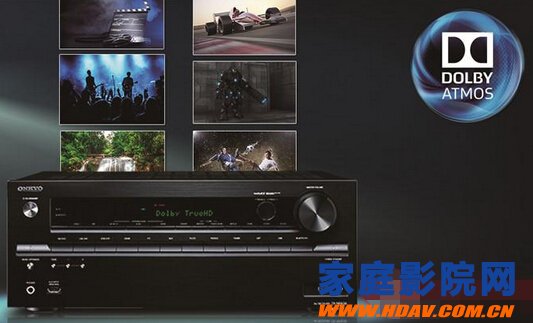
Video processing functions mainly include the reception, distribution and transmission of video signals. Some high-end AV amplifiers also have partial picture adjustment functions such as brightness, contrast, sharpness and so on. However, in general, it is not recommended to adjust the AV amplifier. Instead, adjust the display terminal directly. If the ideal effect cannot be adjusted, consider the setting in the AV amplifier. In general, mainstream home theater amplifiers typically have 5 in 2 out or more video input and output terminals. Nowadays, the way of HDMI connection has become very popular. HDMI also brings us a simpler audio and video connection. Of course, many home theater amplifiers still retain traditional video connection terminals such as composite video and component video to facilitate those reservations. Used by users of classic video devices in the past. Specifically, the AV amplifier can accept multiple input signals, including Blu-ray players, HD players, game consoles, and HD set-top boxes. After the signal enters the amplifier, it is switched to the single or multi-channel by the built-in video matrix. The output terminal outputs the video signal to the display device, including a flat-panel TV and a home theater projector.
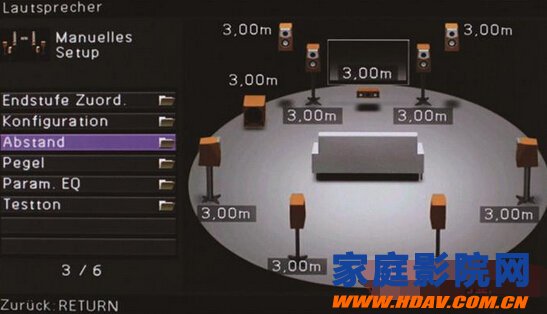
With the development of AV amplifier technology, more and more models already have video processing chips, including HQV, Sigma Designs VXP and Marvell Qdeo video processing chips. The most widely used is the Marvell Qdeo video processing chip that can support 4K ultra-high definition video transmission and processing. It can up-convert 720p, 1080i/p video signals to 3840×2160 4K ultra-high definition resolution, and then rely on excellent The algorithm eliminates various video noise, aliasing and feathering effects, and also features i/p conversion and zooming. Marvell Qdeo video processing chips are now widely used in high-end models.
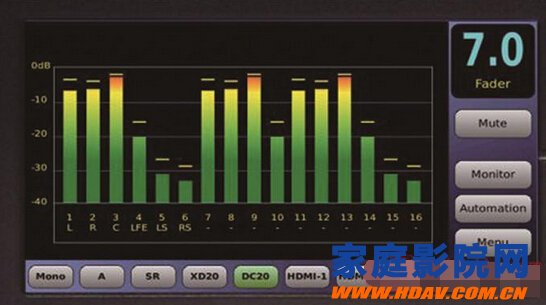
The main HQV video processing chips are the Reon-VX series and the Vida series. The main function of Reon-VX is to provide double-line up-conversion and i/p progressive conversion function, to eliminate aliasing and various image distortions, and to reduce various types of video noise. The high-end Vida series utilizes four-field motion adaptive de-interlacing and multi-field tracking to enhance image detail and gradation, extend the 12-bit color processing depth, and provides high-compression video processing to reduce low quality Compression distortion such as mosaic of program source and mosquito noise. The broadcast video processing level VXP chip is mainly used in the field of video broadcasting, so it has very powerful performance, can support 24-bit color depth color processing and 128-level grayscale adjustment function, with good 3D noise reduction. The mosquito-shaped noise reduction, artifact elimination and detail enhancement functions can bring a sharper and clearer picture, and can also effectively enhance the contrast of the picture to improve the texture of the entire image.
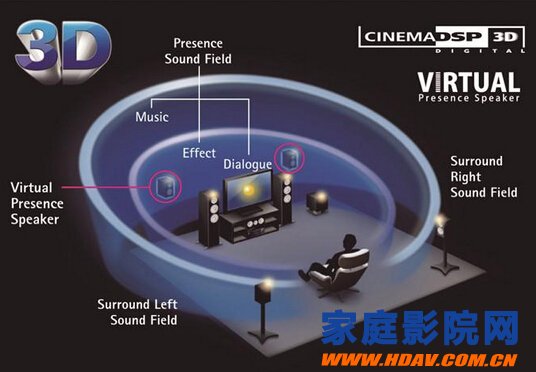
Characteristics of the post-stage power amplifier and the post-amplification part of the combined amplifier
The main function of the power amplifier driver is to further amplify the pre-processed signal and convert it into an analog signal to drive the entire speaker system. Since the AV amplifier is a transistor amplification method, the amplification module has the characteristics of small volume, low heat generation, and large current output compared with the tube amplifier. According to the different working modes of the output stage, it can be divided into A, B, AB, D, G and H, etc. Among them, Class AB and Class D amplifiers are commonly used in home theater amplifiers. These types of amplification methods have their own characteristics, and each of the subsequent amplification methods can be improved according to the shortcomings of the original types. For example, Class A has excellent linear performance with low distortion but high power consumption. Class B improves the power consumption problem, but it leads to the problem of large distortion. AB, G, and H balance the low distortion and low power consumption, while the D class improves the traditional analog amplification by digital amplification.
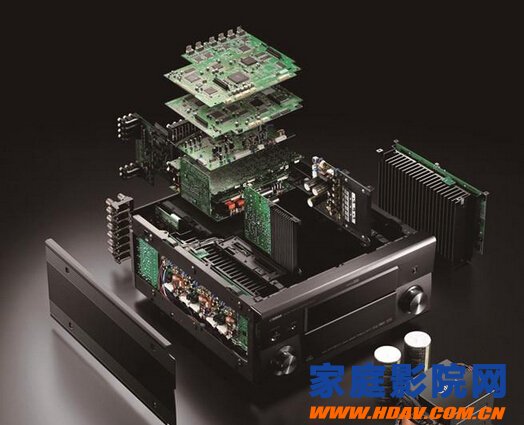
Class AB amplification is a commonly used method of AV amplifiers. It combines the characteristics of both Class A and Class B. The efficiency is higher than that of Class A amplifiers, and the distortion is smaller than that of Class B amplifiers. In terms of operating characteristics, the Class AB amplifier introduces a non-linear operating point that turns the two transistors on when the signal is close to zero and turns to the B mode when the signal is large. Here are some of the features of Class A and Class B amplifier circuits. Class A amplification occurs at the earliest time, and its working characteristic is that the output stage transistor is always on. The advantages of this type of amplifier are excellent linear output, low signal distortion, and the disadvantage of low performance, only 20% to 30%, and the rest are converted into heat, which requires a large heat sink. Therefore, Class A amplifiers are very large and heavy. The Class B amplification method was developed to overcome the lack of efficiency of the Class A method. The working characteristic is that two transistors are used, and the transistors of each output stage are turned on only for a half cycle of the signal waveform, and are used for positive and negative periods, respectively. The class B amplification method is characterized by a very good effect on the performance, low heat generation, but the disadvantages are also obvious, crossover distortion occurs, the linearity is not excellent, and the distortion is severe.
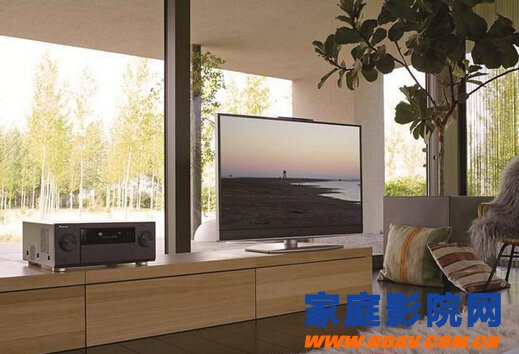
The class D amplification method is different from any of the amplification methods described above, and its working principle is to use the principle of PWM pulse modulation to express the amplitude of the analog signal by the density variation of the pulse digital frequency waveform. The switching frequency of the class D amplifier is much higher than the highest frequency of the original signal. After filtering by the LPF low-pass filter of the latter stage, the average value of the output waveform is consistent with the actual audio signal. Class D amplification actually adds the working principle of digital amplification. The output stage transistor is fully or completely disconnected during operation, and the Class D amplifier operates at up to 90% or more. The disadvantage of the class D amplification method is also very obvious, that is, the distortion is large, because in the process of modulation amplification, it will inevitably be different from the original signal. However, as the level of production of Class D amplifiers is getting higher and higher, the distortion problem that occurs during the modulation process is greatly reduced. Therefore, many AV amplifiers and post-stage power amplifiers use Class D amplification modules.
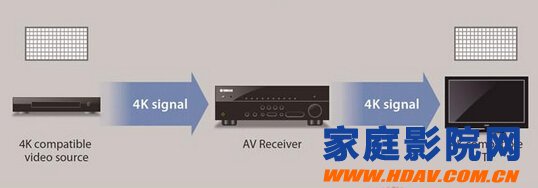
The overall structure of the Class G amplification method is the same as that of the AB class. Its working characteristic is to use two or more power supplies for low-signal low-level output. Since the power is supplied using a lower voltage power supply, the amplifier automatically switches to the appropriate supply voltage as the signal level increases. The Class H amplification method is developed on the basis of the G class. The operational characteristics are to predict and control the power supply voltage through an additional control circuit to minimize the voltage of the output stage without using multiple power supplies. The efficiency of these two types of amplification is significantly higher than that of class AB, but the disadvantage is that the design is more complicated, and also because of cost, it is not common in AV amplifiers.
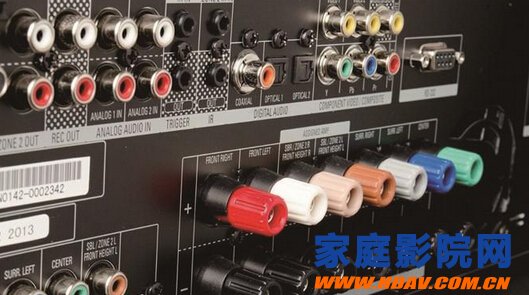
to sum up
The AV amplifier has been introduced from the front and back levels. With the continuous development of audio and video technology, the current AV amplifier's processing power in audio and video has not been compared with a few years ago. With less improvement, we will analyze the latest AV amplifier technology and products in the future, and hope to bring you a more comprehensive AV amplifier guide. More fresh and fun home theater information, please pay attention to home theater network http:// (WeChat: cnhifi), the country's most influential home theater audio player interactive media website.
Note: This article was transferred from HIFIshuo. The article is an independent view of the author and does not represent the position of the home theater network.
Spiral Candle usually six colors , 22Gram Spiral Candle is the popular in Jeddah . every month we ship Spiral Taper Candle to Jeddah . we are about customer . so early receive deposit and ship fastly. Birthday Spiral Candles usually be used for party ,dinner ,festival . 22G Colorful Spiral Candle 's package details is each pcs WRAPPED BY CELLOPHANE,12PCS(2pc*6colors)IN ONE BLUE BOX AND box with SHRINK PACKED,24BOXES/CARTON. 22g Spiral Taper Candle can be loaded about 2200catons . we will try our best to load full .
Welcome to new and old customer order !
22Gram Spiral Candle,22G Colorful Spiral Candle,Birthday Spiral Candles,Spiral Taper Candle
Shijiazhuang Zhongya Candle Co,. Ltd. , https://www.zycandlefactory.com